From plague carrier to beloved pet: the history of rat domestication (9 photos)
In Europe, rats have historically been considered the embodiment of poverty and disease. Rodents were poisoned, chased by dogs, and drowned in basements. And then—from rags to riches: in just two centuries, rats suddenly became beloved pets and indispensable assistants to science. 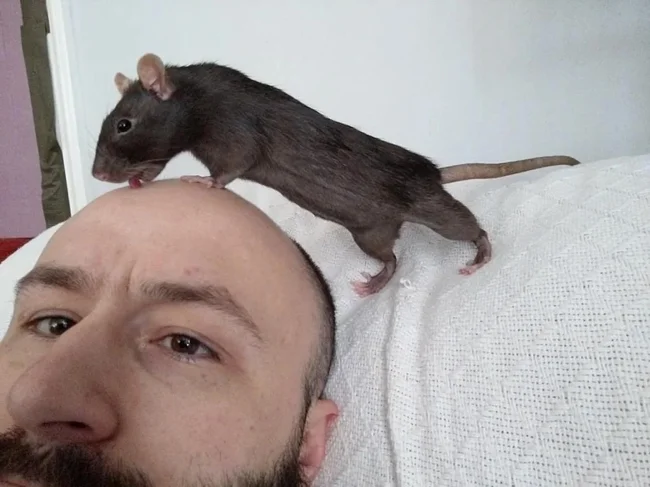
Today, they even hold special exhibitions and awards! But how did humans manage to reconcile with their most hated neighbor? 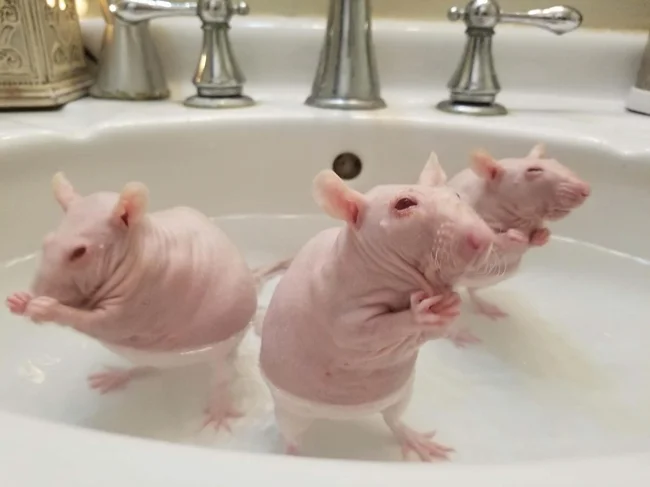
Fellow baldhead, I've finally found you!
The Japanese were the first to bring rodents into their homes. In the Land of the Rising Sun, rats were never considered a source of filth. There were two main reasons for this. First, Japanese cities were not as densely populated as in Europe. This meant there was much less filth: the houses were wooden, people didn't throw slop out of windows onto the street, and carriages didn't pile up traffic jams. Second, the European plague never reached Japan. And people didn't blame rodents for local epidemics. 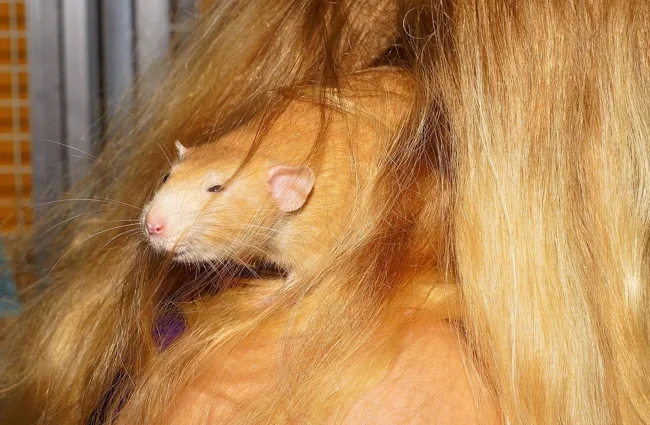
That's your girlfriend's best friend.
Yes, rats stole grain from barns, but even for that, the Japanese weren't angry with them. Rodents were considered companions of Daikokuten, the god of luck and fertility. Figuratively speaking, if a rat lives in a barn, it means there's something there for it to eat—you have good grain reserves—you're rich! 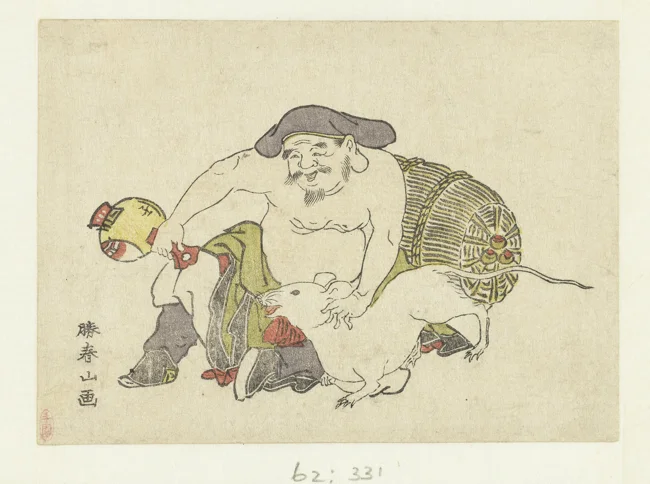
Daikokuten and his rat friend. Note that the rat is white, not gray. This means that breeding such animals was already known in Japan at that time.
In the 16th and 17th centuries, the Japanese decided: why wait for a symbol of good luck and wealth to appear in a barn? Better to bring it right into the house! Thus, mice and rats first became pets. They were bred in the most unusual colors: spotted, white, ash. In the 18th century, an entire treatise was even written on the proper care, feeding, and breeding of rodents. Many color morphs developed then are still found in domestic breeds today. 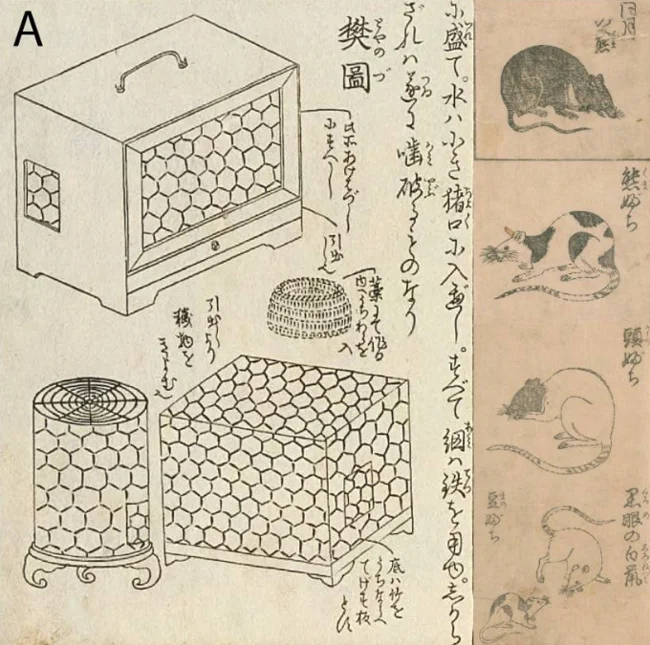
That same guide to breeding pet rats. If you're fluent in the language, you can breed rodents thanks to the knowledge of the ancients!
In Europe, the domestication of rats is marked by bloodshed. In the West, people had disliked rodents for centuries, but in the 19th century, this hatred reached its peak. As cities and populations grew, so did the number of rats per square meter. Thus, a cruel pastime emerged in France, England, and the United States—rat fighting. A dog and dozens, even hundreds, of rats were released into the arena! The dog's goal was to destroy as many rodents as possible in a round. Rat fighting proved extremely popular. A single fight could kill between 100 and 1,000 animals! This gave rise to a new profession: rat catchers. These people captured rodents for breeding and fighting. 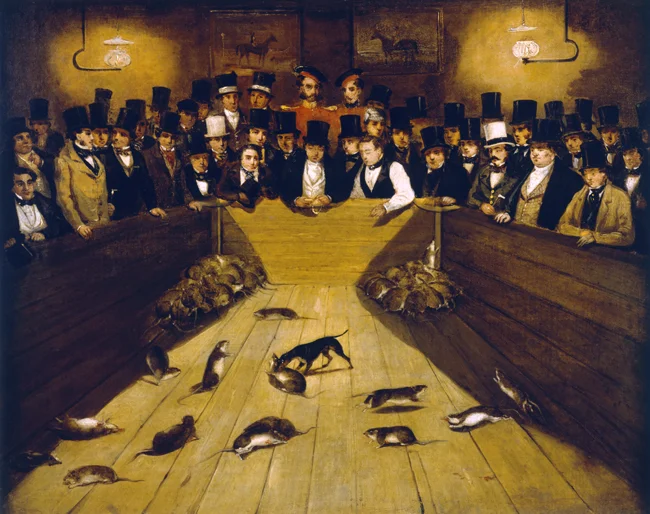
In Europe at that time, all forms of entertainment were quite cruel.
Rats reproduce just as well as rabbits, even in the worst conditions. Rats with interesting color patterns emerged from the genetic turmoil. These animals were not used in fights; rat catchers kept the rare animals for themselves. 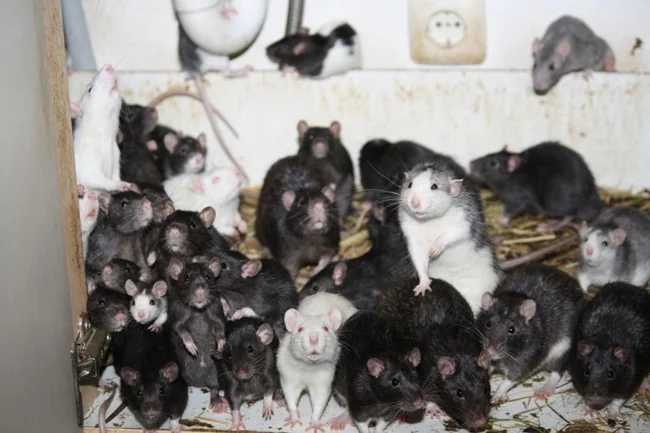
A female rat gives birth to 1 to 20 babies at a time. If placed in a warm room, she will reproduce 8 times a year. So, just imagine how many babies she'll produce!
Love and hate are one big difference. The opposite is true as well. It turns out that domesticated rats are affectionate, intelligent, and playful. And if a rat has an unusual coloring—white, black, or spotted—it's no longer a parasite or pest, but an interesting and unusual pet. 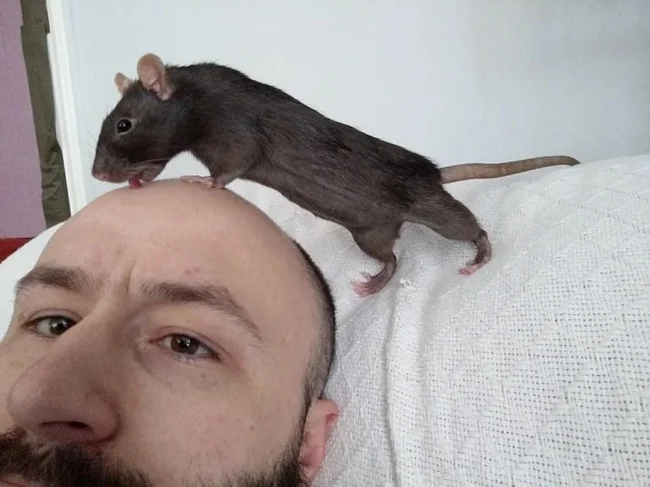
Ratatouille: The Beginning.
Ratatouille catchers developed increasingly unusual colors, taught their charges tricks, and decorated them with ribbons. The most famous English rat catcher, Jack Black, sold his pets not only in his home country but also abroad. In France alone, nearly 300 animals were purchased from him! A hundred years later, the rodents had become such popular pets that the first rat show was held in 1901! 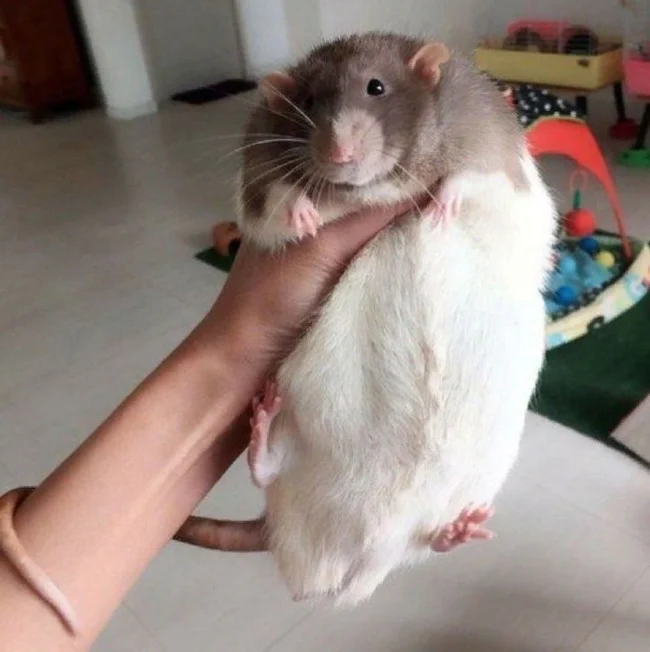
This guy would have won first place at a sweet pie exhibition!
Rats finally won human hearts thanks to... science. Rodents became some of the first mammals used in experiments. It's believed that laboratory rats are distant descendants of the very rats bred by rat catchers. Then they started making cartoons and films starring rodents. And so, appearing on TV, in news reports about a new vaccine, or at the latest exhibition, rats gradually shed their reputation as filthy garbage animals and earned their place alongside humans. What do you think of mice and rats as pets? Maybe you already have one?






























